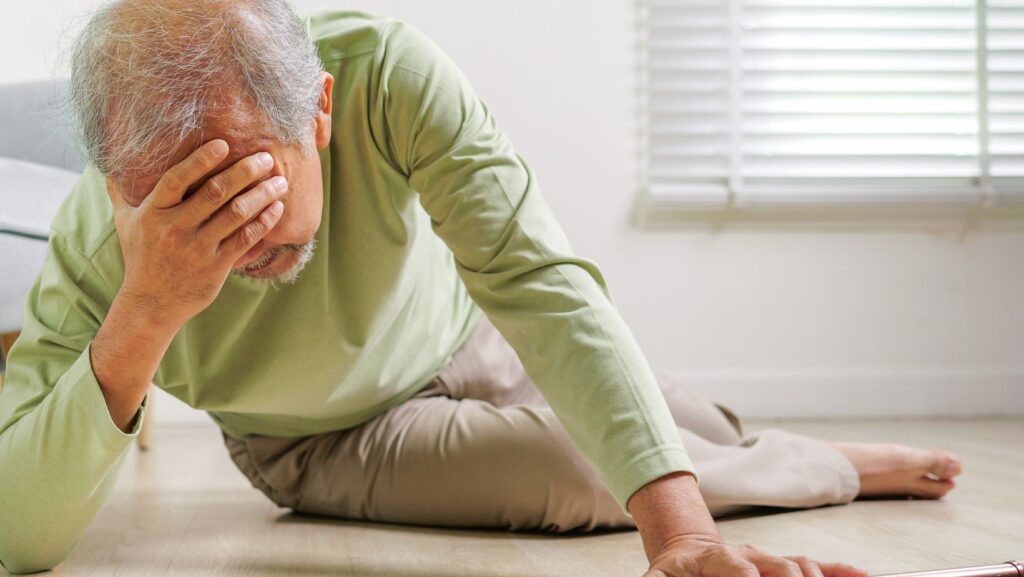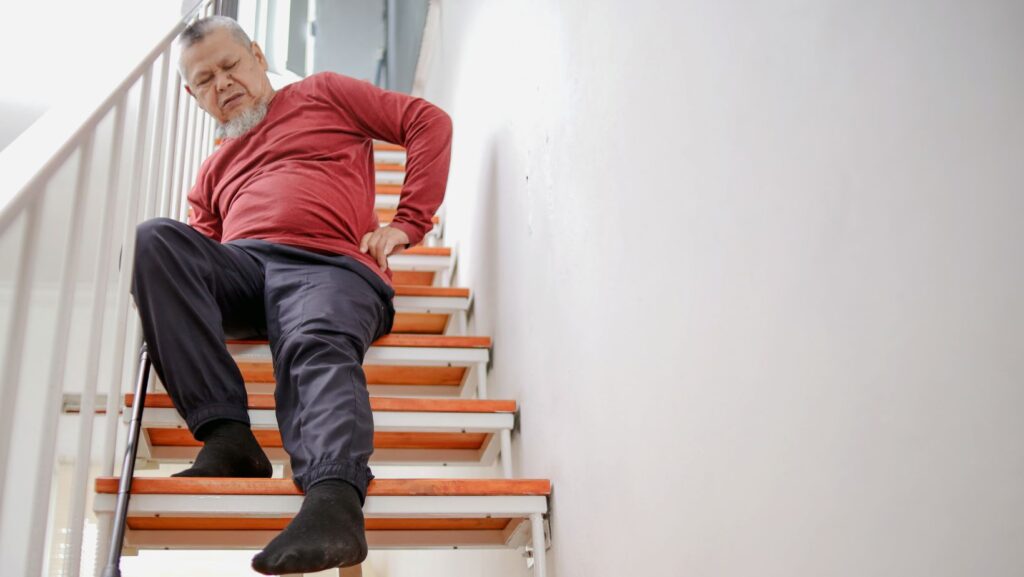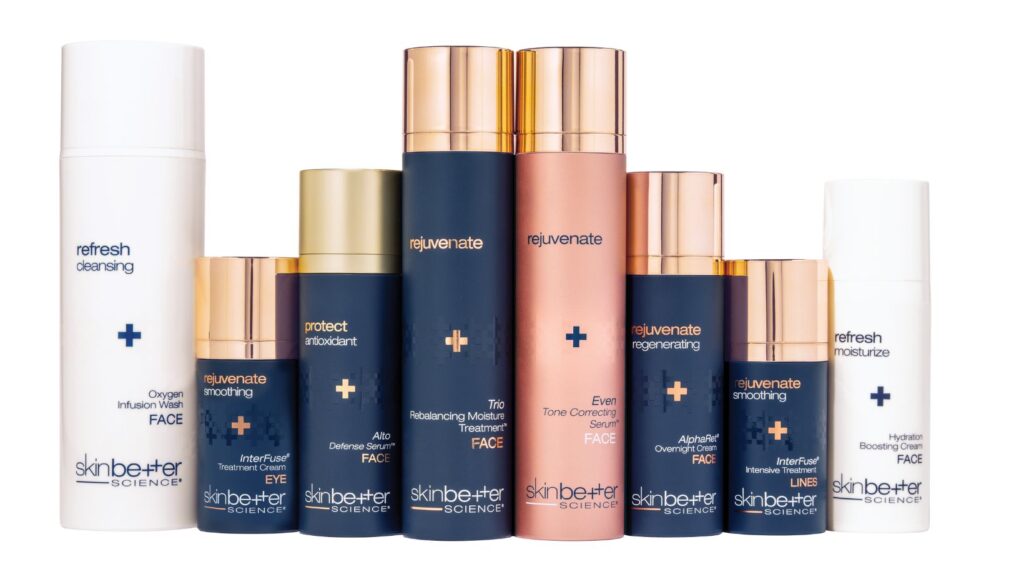Smart watches with fall detection are increasingly becoming part of daily safety routines for older adults. To the user, the function feels simple: if a fall happens, the watch notices and calls for help. But behind that simplicity lies a sophisticated system of sensors and algorithms working together to separate real emergencies from everyday movement.
At the heart of every elderly fall detection watch is an accelerometer and gyroscope. These tiny sensors continuously measure motion—how quickly the watch moves, in what direction, and at what angle. When a senior walks, sits down, or even waves a hand, the watch collects thousands of micro-measurements per second. The challenge is teaching the device to distinguish between ordinary activity and a sudden, dangerous fall.
The algorithm begins by looking for patterns of acceleration that match a fall. Typically, this includes a rapid downward motion followed by sudden deceleration when the body hits the ground. But a fall is more than just a drop. The watch also considers orientation—how the wrist changes angle during the event. A forward stumble, a sideways slip, and a backward fall all produce distinct motion signatures. By combining acceleration and rotation data, the system builds a clearer picture of what actually happened.
Once a potential fall is detected, the algorithm looks for confirmation cues. Did the user remain motionless afterward, as might happen if they are injured? Did they quickly stand back up? This post-fall analysis helps reduce false alarms caused by dropped watches, vigorous exercise, or even sitting down abruptly.
When the system is confident that a real fall has occurred, it triggers the safety protocol. On a BeWell Medical Alert smart watch, this means issuing a vibration or on-screen prompt to the wearer, giving them a short window to cancel the alert if no help is needed. If there is no response, the watch automatically sends an emergency signal to the monitoring center, where trained staff can reach out, notify caregivers, and dispatch assistance.

The beauty of this process is its balance: sensitive enough to recognize true emergencies, but smart enough to filter out false positives. No algorithm is perfect, and manufacturers like BeWell continuously refine detection models to adapt to new data and real-world feedback. The result is a system that seniors can wear with confidence, knowing it will act when it matters most, without overwhelming them or their caregivers with unnecessary alerts.
In the end, fall detection watches represent the best of applied technology: invisible when life goes smoothly, but instantly responsive when it does not. For older adults and their families, that blend of precision and reliability can make all the difference.


